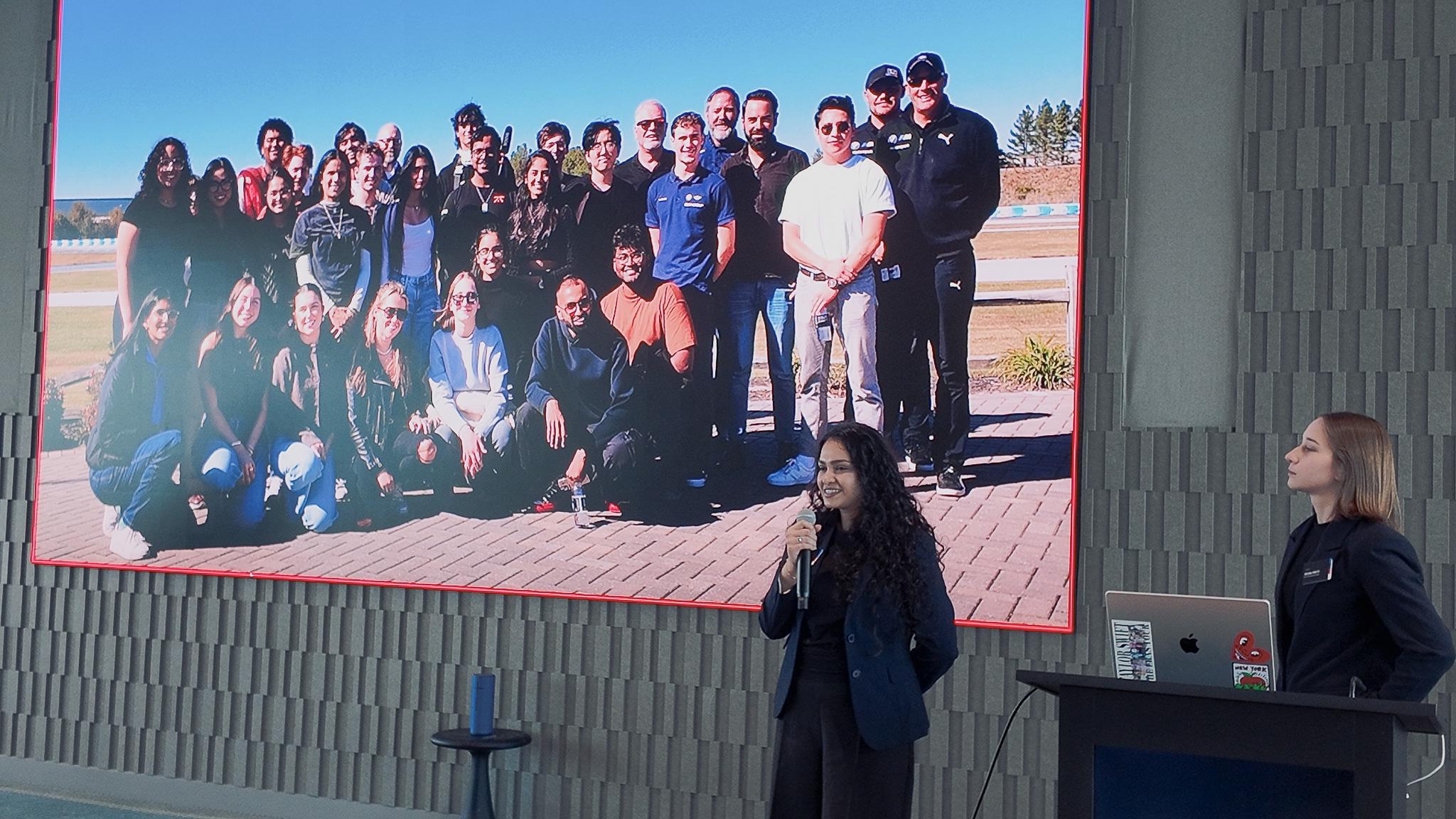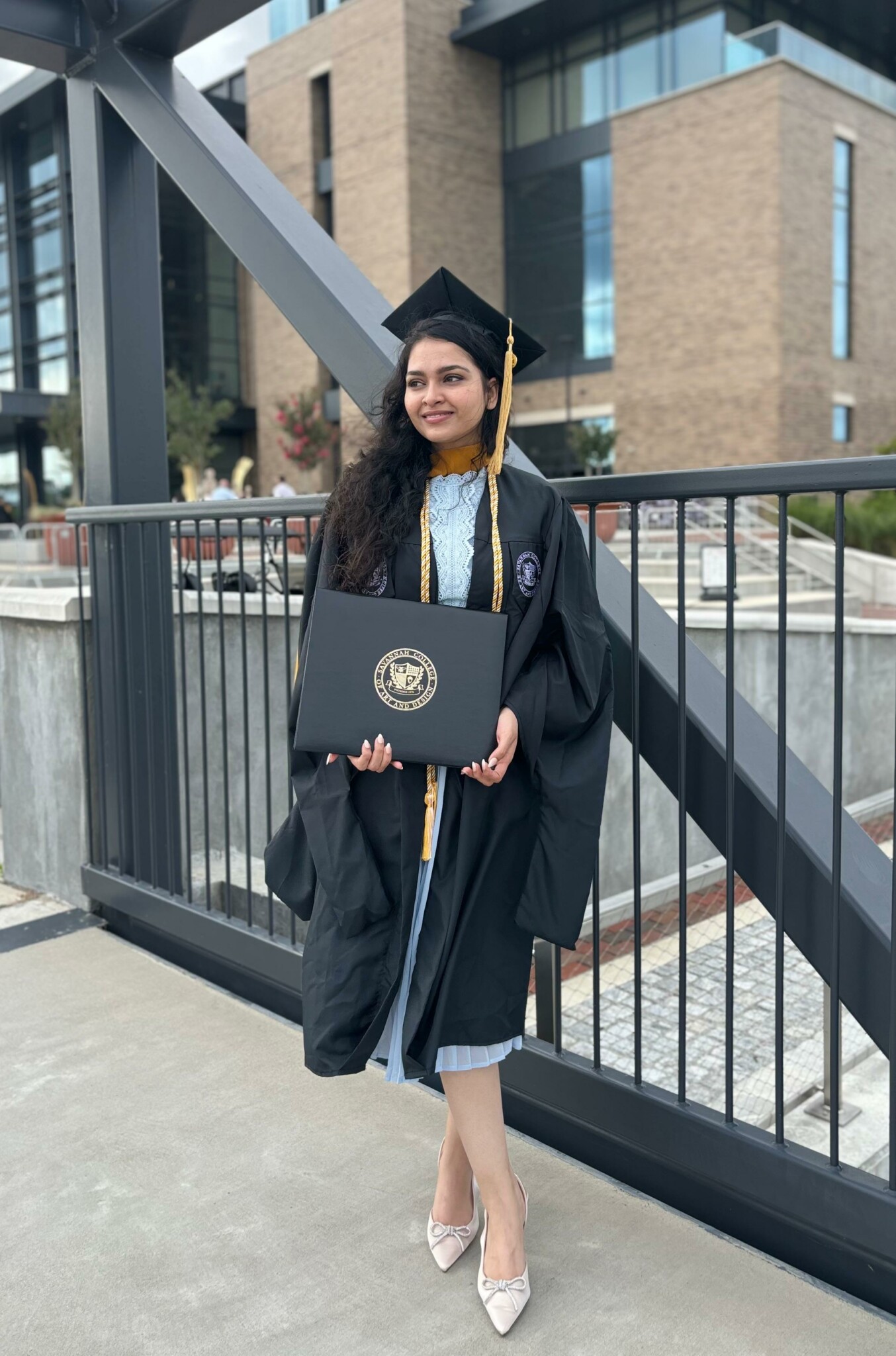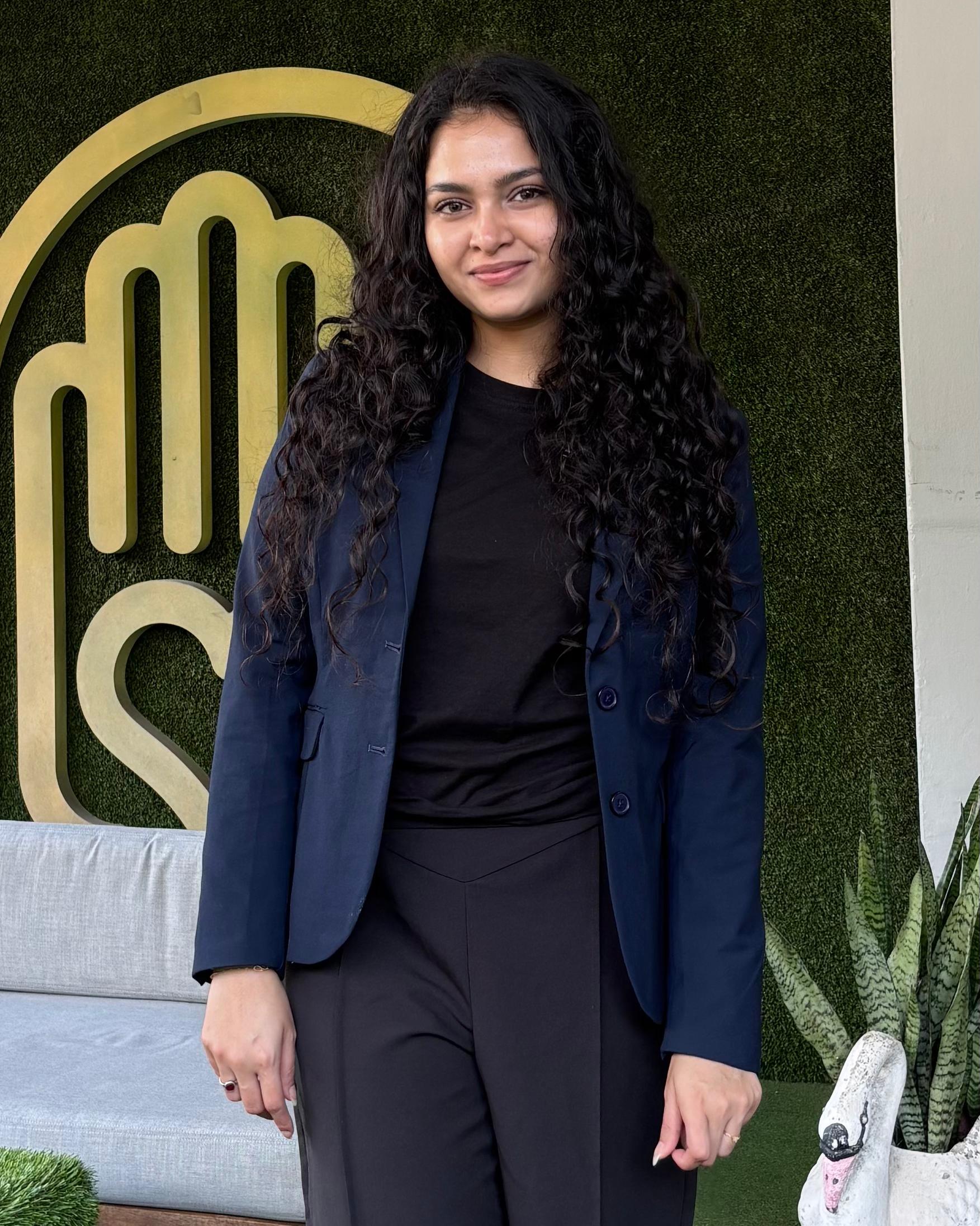We’re excited to introduce you to the always interesting and insightful Tanvi Kokate. We hope you’ll enjoy our conversation with Tanvi below.
Alright, Tanvi thanks for taking the time to share your stories and insights with us today. Did you always know you wanted to pursue a creative or artistic career? When did you first know?
The first time I truly knew I wanted to pursue a creative path professionally was when I watched my grandmother struggle with online banking.
I started my career as a computer engineer, deeply immersed in coding and problem-solving. I loved the challenge of taking an idea and turning it into something real through logic and structure. But over time, I found myself asking bigger questions. It wasn’t just about making things work, it was about making them work for people.
The turning point came when I saw my grandmother, a capable woman, hesitate in front of a screen that was supposed to make her life easier. I watched as she navigated a website that, to me, seemed simple, but was overwhelming for her. She would rather make a trip to the bank, and trust a human over an interface that felt distant and unwelcoming. That moment hit me hard. If technology was meant to help people, why didn’t it always feel that way?
That question stuck with me. It made me realize that the true challenge wasn’t just about building technology, it was about designing experiences that felt natural, intuitive, and human. I wanted to bridge that gap, to design not just for efficiency, but for empathy.
That’s what led me to transition into service design. It wasn’t just a career shift; it was a shift in perspective. I wanted to craft experiences that truly understood people, anticipated their needs, and that felt seamless rather than frustrating. Now, every project I take on is driven by that same purpose: ensuring that technology serves people, not the other way around.
That moment with my grandmother was when I knew—this was the creative path I had to take.
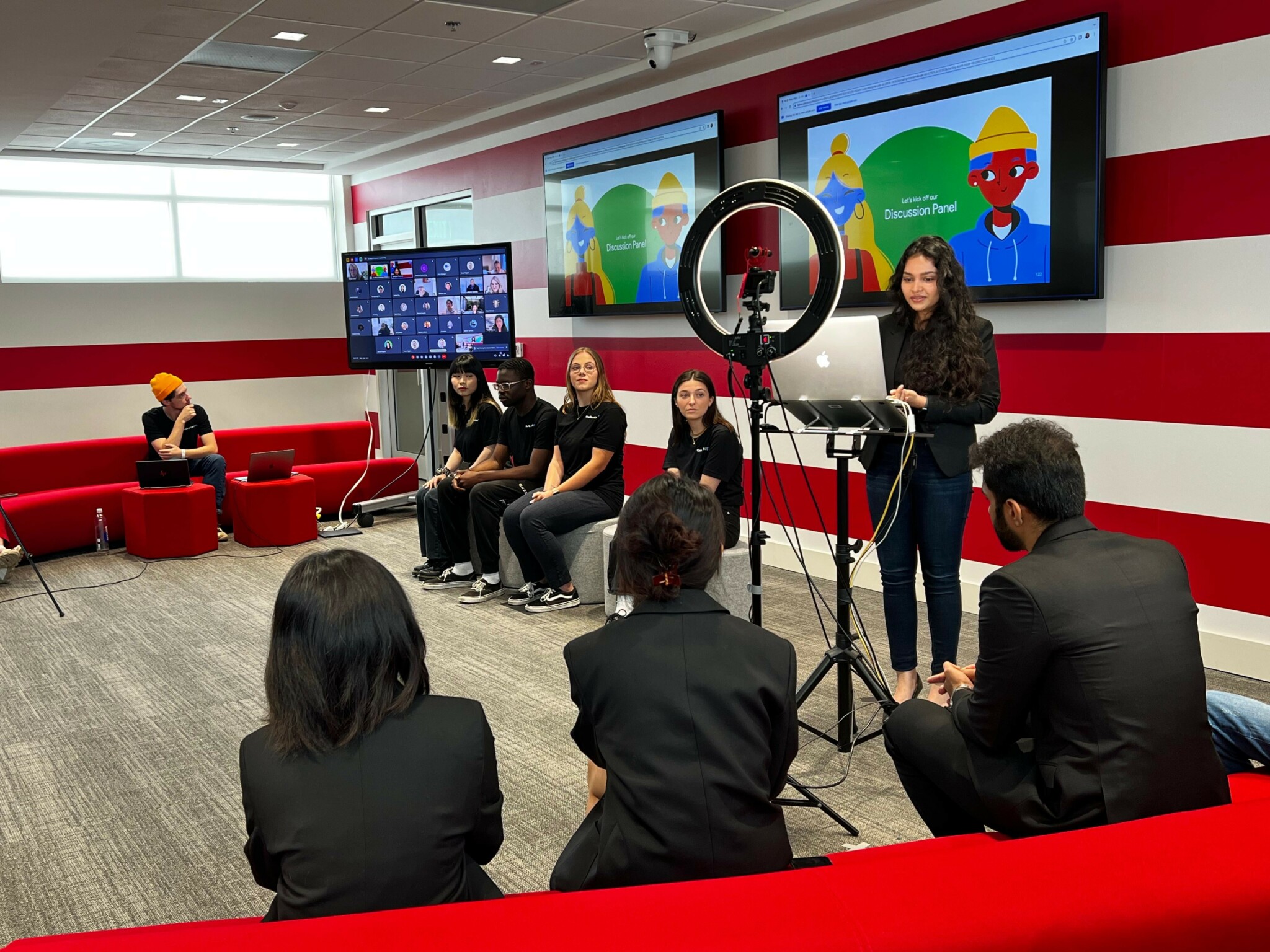
As always, we appreciate you sharing your insights and we’ve got a few more questions for you, but before we get to all of that can you take a minute to introduce yourself and give our readers some of your back background and context?
Hello, I’m Tanvi originally from Mumbai, India, now based in Atlanta, USA, I’m a Service Designer with a background in computer engineering. My design journey started with childhood curiosity—whenever I got a new toy, I was more interested in dismantling it than playing with it, often with my grandfather’s help. I initially aspired to be a pilot, but when that path didn’t work out, I pursued computer engineering, drawn by my love for machines and systems.
While studying engineering, I noticed a gap between technical advancements and usability. Technology wasn’t always serving people effectively. That realization led me to shift into service design, where I could advocate for users and create intuitive, meaningful experiences. I moved beyond just building software to solving real problems at the intersection of technology and human behavior.
What sets me apart is my ability to think both systematically and empathetically. My engineering background helps me understand technical complexities, while my design expertise ensures that solutions are user-centric. Collaboration is at the heart of my work, I thrive in cross-functional teams, ensuring that technology is not just functional but truly accessible.
I’m most proud of my adaptability and growth. I’ve earned my Masters Degree in Service Design from SCAD. Transitioning into a creative field taught me the value of communication, collaboration, and advocating for ideas—skills I once hesitated to use as an engineer. Today, I design with purpose, ensuring that technology empowers people rather than overwhelms them. My goal is simple: to create experiences that feel natural, seamless, and human.
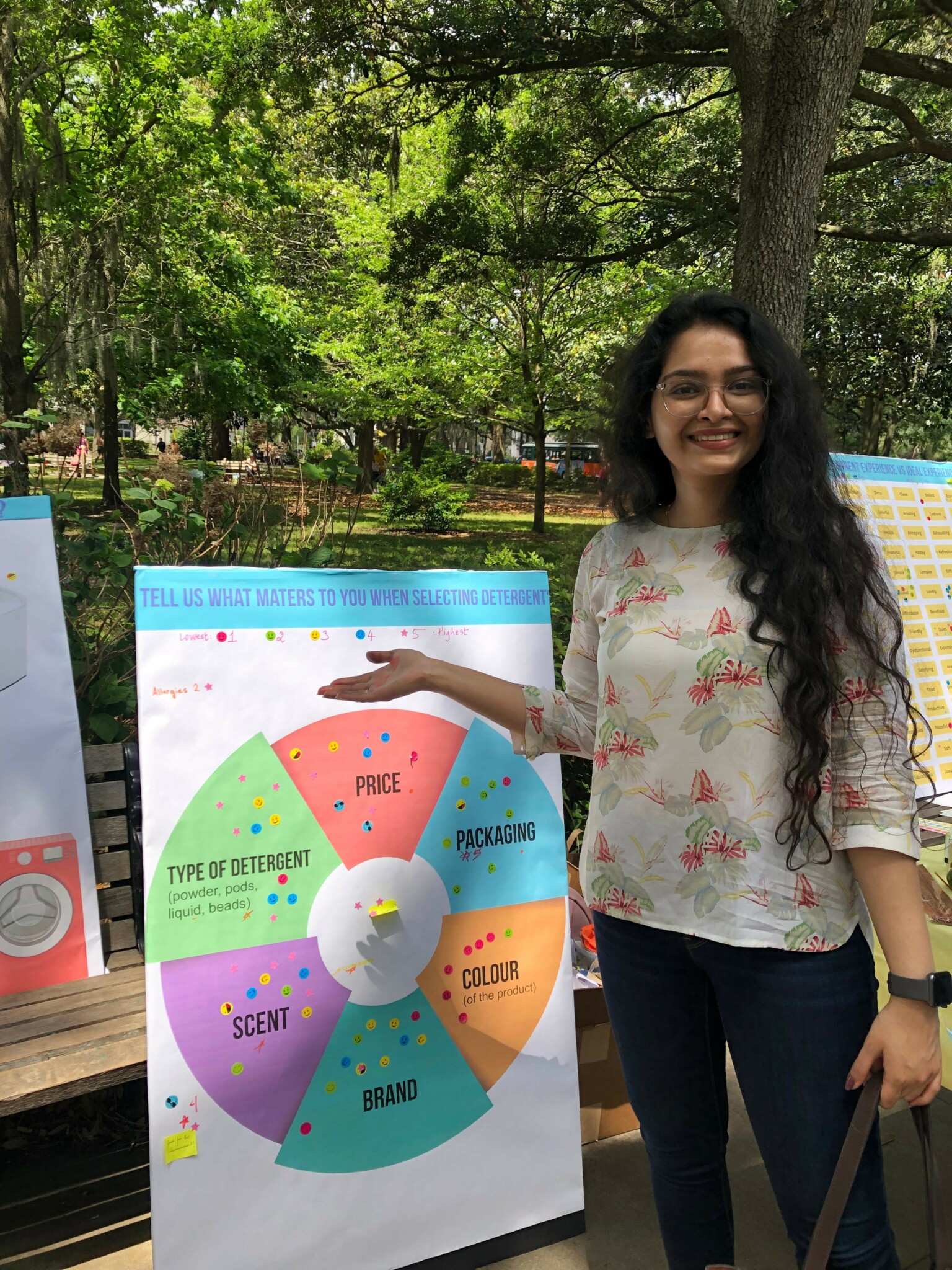
Looking back, are there any resources you wish you knew about earlier in your creative journey?
I cannot emphasize enough how important it is to connect with people who are where you aspire to be. Every conversation is an opportunity to learn something new—whether it’s industry insights, career advice, or simply a fresh perspective. As an introvert, I used to shy away from networking. My comfort zone was my room, my laptop, and my code. Engineering didn’t require me to engage much; I could write a program and call it a day. But stepping into the creative field changed everything.
I still remember my first day of design school—I was asked to introduce myself, and I completely froze. Collaboration wasn’t just encouraged, it was expected. The creative field thrives on working with people, exchanging ideas, and co-creating solutions. At first, it was overwhelming, but over time, I pushed myself to step out of my comfort zone. I started initiating coffee chats, reaching out to people whose work I admired, and attending industry events. And the more I did it, the more I realized, people genuinely want to help.
Now, I can confidently lead group discussions, present my ideas, and speak without fear of judgment. Networking has not only helped me grow professionally but has also shaped my personality. I’ve learned that the creative community is one of the most open and supportive spaces out there. The best ideas don’t come from working in isolation—they come from conversations, shared experiences, and collective problem-solving.
So, to anyone just starting out: put yourself out there. Send that LinkedIn message, join that workshop, attend that networking event. Your next big opportunity might just come from a simple conversation. And most importantly—don’t just network for opportunities, network for genuine connections. Those are the relationships that will truly help you grow.

What’s a lesson you had to unlearn and what’s the backstory?
The lesson I had to unlearn was- perfection equals success.
As an engineer, I believed success meant getting everything right before sharing my work. In coding, even a small mistake could break a system, so I obsessed over perfection. But when I transitioned into service design, I realized this mindset was holding me back.
Design is iterative, messy, and constantly evolving. I learned this the hard way when I spent weeks perfecting a project, only to realize I was solving the wrong problem. Had I shared it earlier, I could have gathered feedback, pivoted faster, and built something more impactful.
I had to unlearn my fear of imperfection and embrace progress over perfection. Now, I prioritize collaboration, rapid prototyping, and learning from failures. The best ideas don’t come from isolation, they emerge through iteration and shared experiences. Letting go of perfection has been the key to real growth and innovation.
Contact Info:
- Website: https://www.tanvikokate.com/
- Instagram: https://www.instagram.com/tanvi.kokate20/
- Linkedin: https://www.linkedin.com/in/tanvikokate/
